How to shape gameplay for katachi
Karachi is a challenging game many learners with autism excel at. In order to play, your learner must be able to compare shape, size, & color. This game is fantastic of working on planning & strategy.
80
STEPS
TOOLS
These are steps for introducing and teaching appropriate play of Katachi with learners with autism. You can start on any step, as long as it meets the current skill level of your learner.
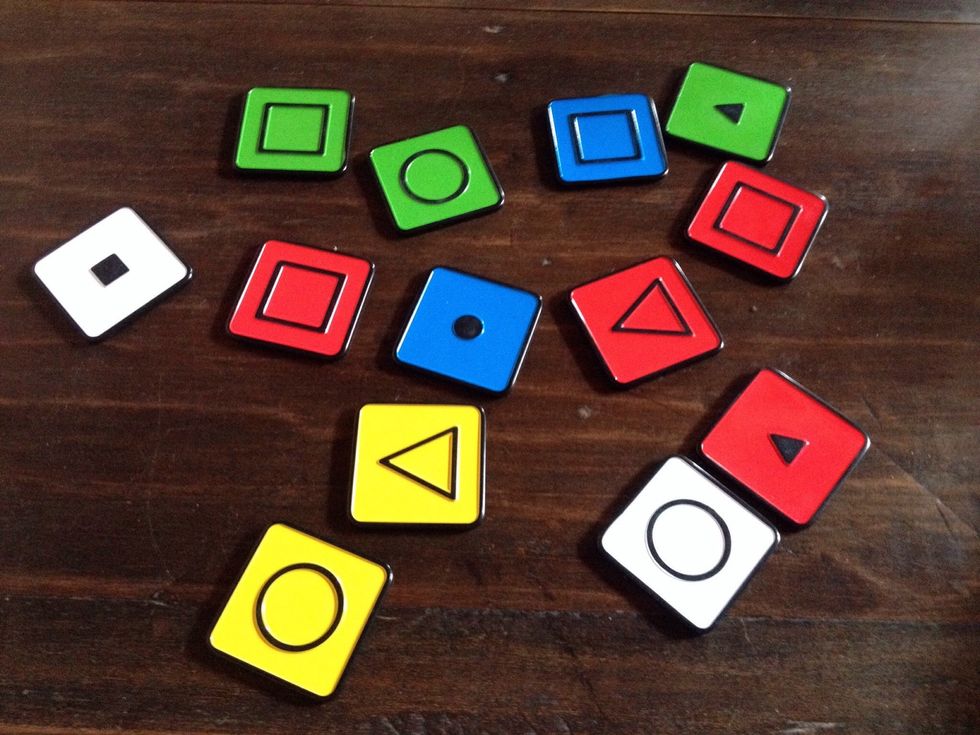
Introduce tiles. Ask how they are alike and different. You may want to use a textual cue that lists: SHAPE, COLOR, and SIZE.
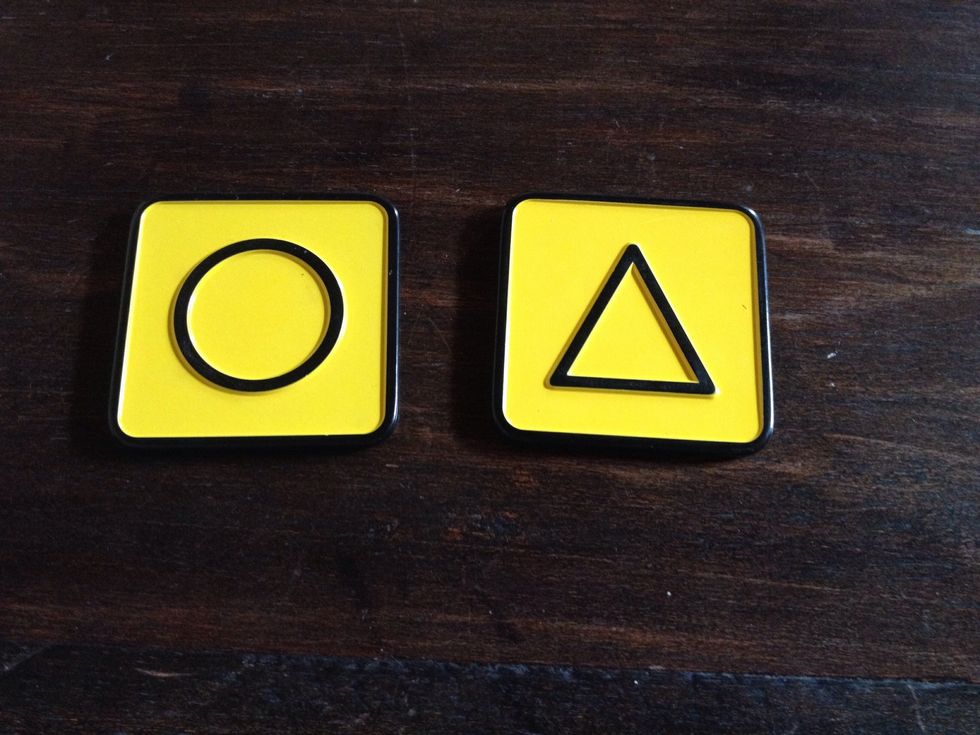
If necessary, you may only show 2 tiles at a time when introducing the task of comparing characteristics. However, you want to quickly increase the number of tiles visible.

Now arrange tiles into one row. Explain that you can move tiles on top of other tiles if ONE characteristic is the same. Ask what tiles can be moved in the row.
Remember that it may take multiple sessions of play before your learner is able to play the game as designed. Your goal is to teach the game and keep it fun.

Challenge the learner to see how far he/she can move 1 tile. For example, the large yellow triangle can be moved to the large white circle, then the large red square, then the small red triangle, etc.
When the player can't move the tile any further, the turn is over. Note for the player that now there is an empty spot in the row.
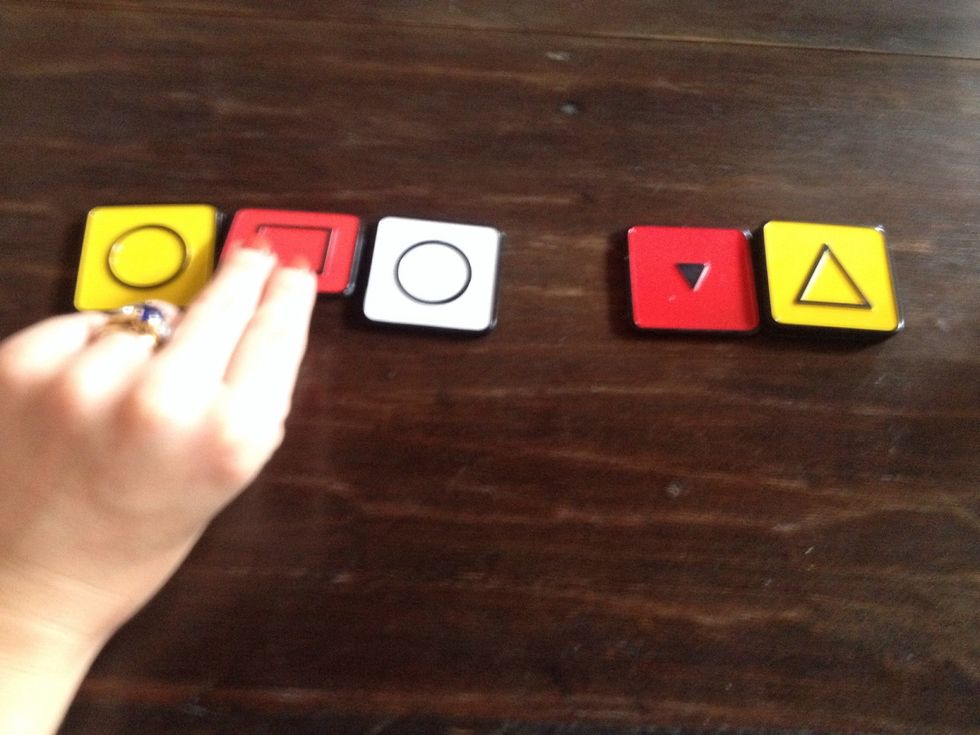
Introduce the rule that a turn is over when a tile is placed in an empty space.
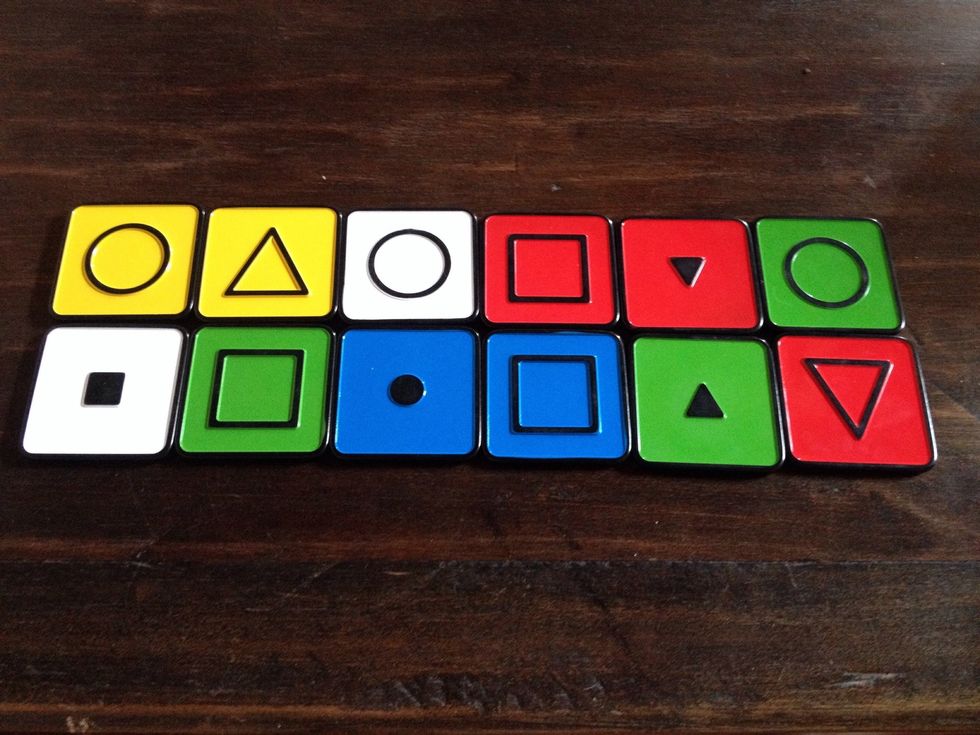
Now play with two rows. Introduce concept of moving tile horizontally or vertically if tiles share ONE characteristic.
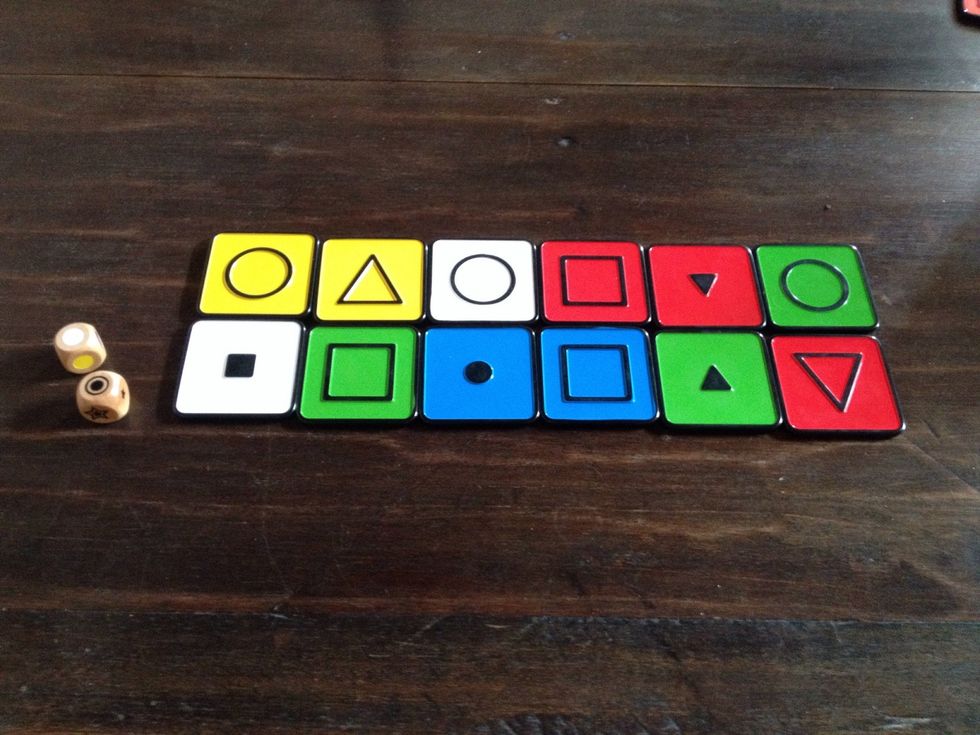
Introduce the dice. (If you're playing the game variant described in the instructions, introduce the ladder tiles on this step.)

Now play with four rows. At this point, you are still just having the learner move tiles appropriately.
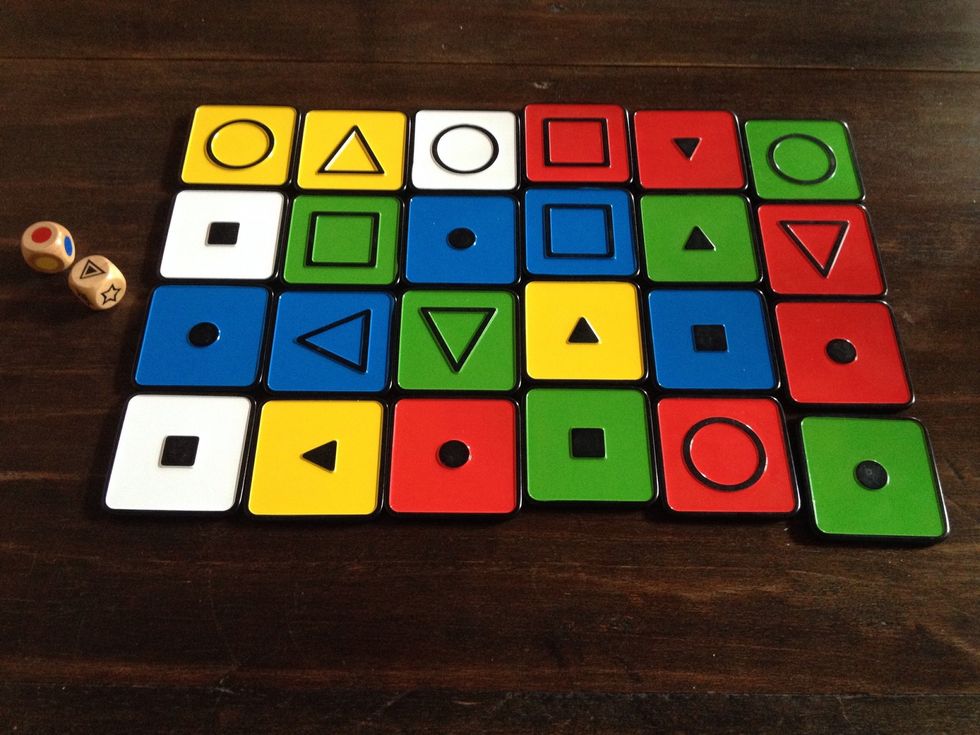
Introduce the concept that if two tiles have at least TWO characteristics in common then you can move diagonally.
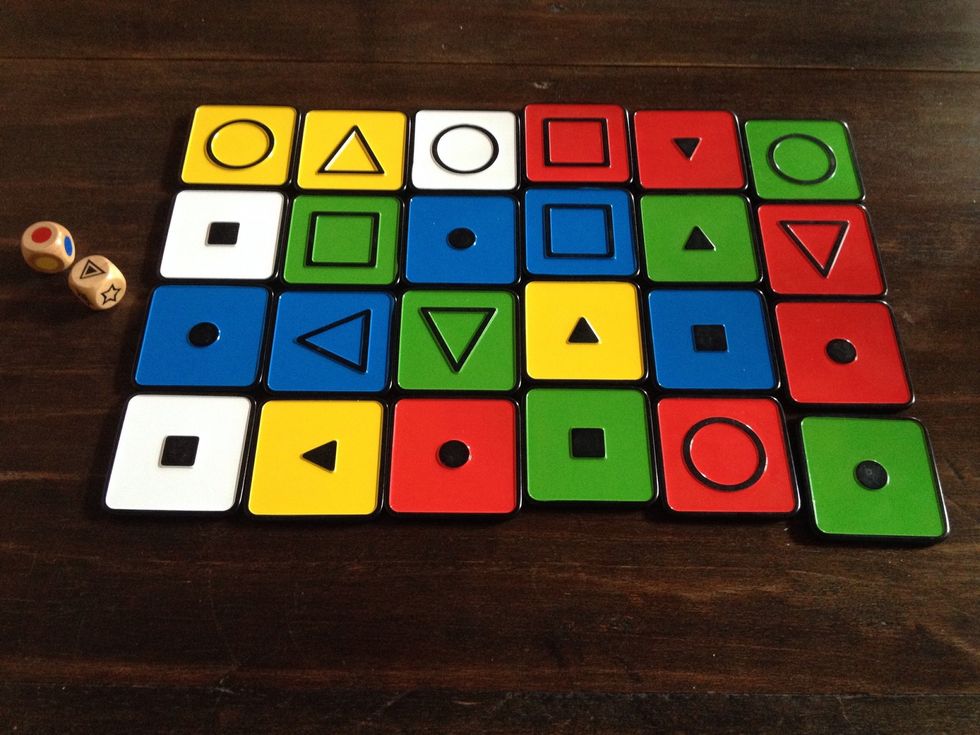
For example, on this board the triangles in the upper right corner have the same COLOR and SHAPE, so you can place one on top of the other.
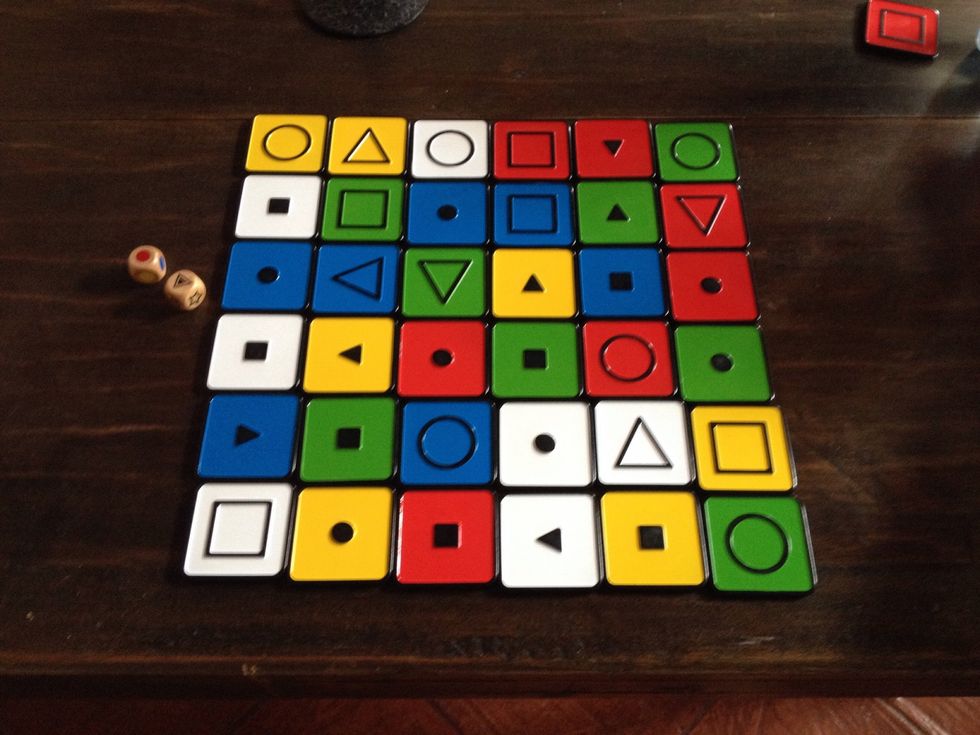
Now play with six rows, incorporating horizontal, vertical, and diagonal moves.
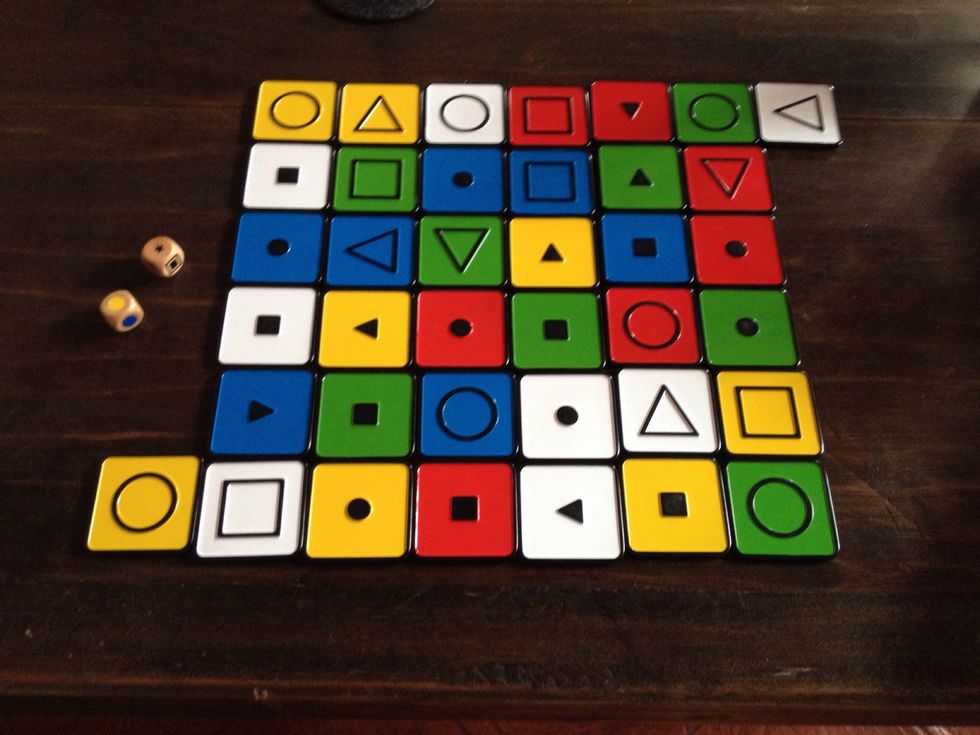
Introduce corner tiles. Tell learner their goal is to move three tiles to his/her corner tile. The turn is over when the tile reaches their corner tile.
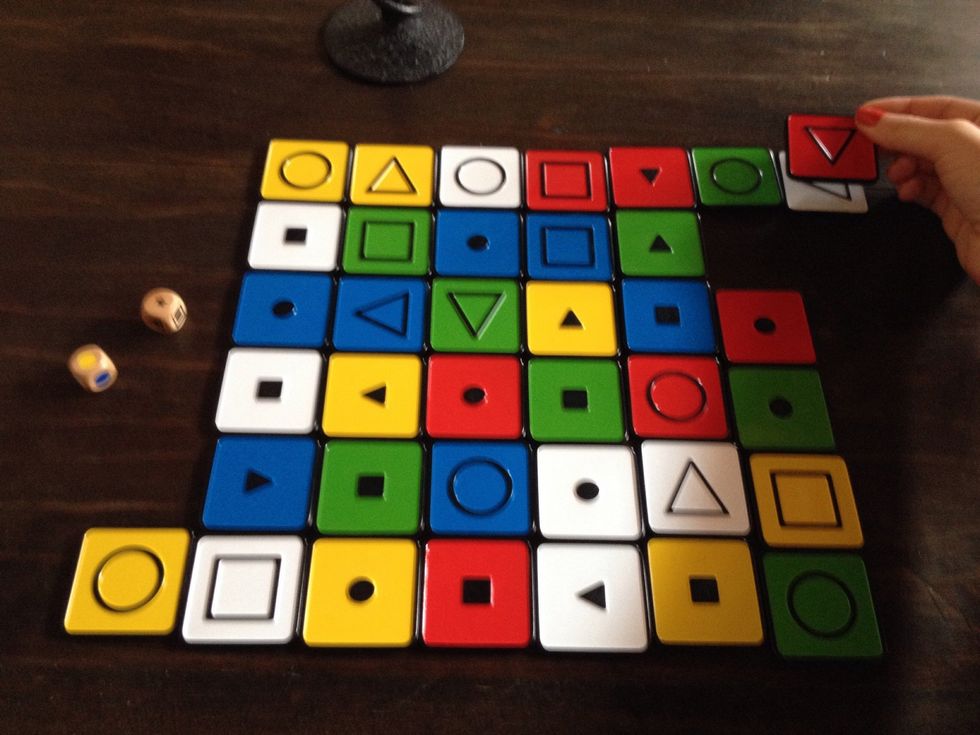
Add rule for placing one tile on the tile adjacent to the corner tile.
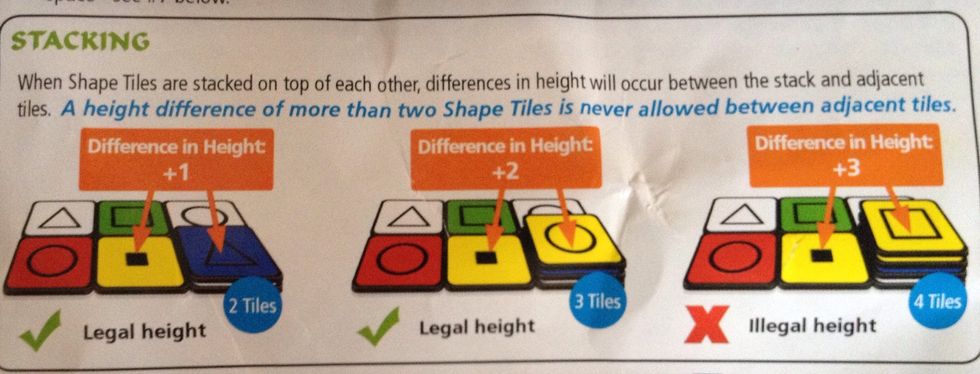
Add stacking rules as described in instructions.
Add option for passing your turn. Your learner is now playing the game as designed!
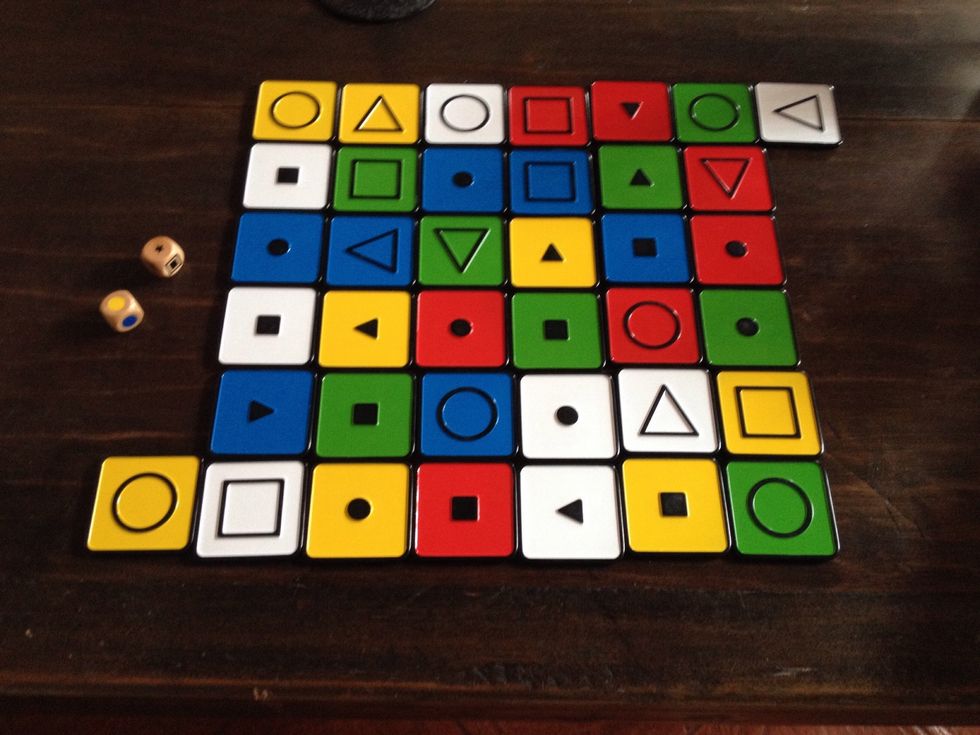
Your learner does not have to master all steps in order to engage in play with others. Your ultimate goal is to increase opportunities for play with siblings and peers in motivating ways.
For more information on modifying games for learners with autism and other developmental delays, visit www.samblanco.com.
- Katachi by SimplyFun
Sam Blanco
Special education teacher, Board Certified Behavior Analyst. Dedicated to showing the value of games, play, and technology in special education.
Brooklyn, NY
The Conversation (0)
Sign Up